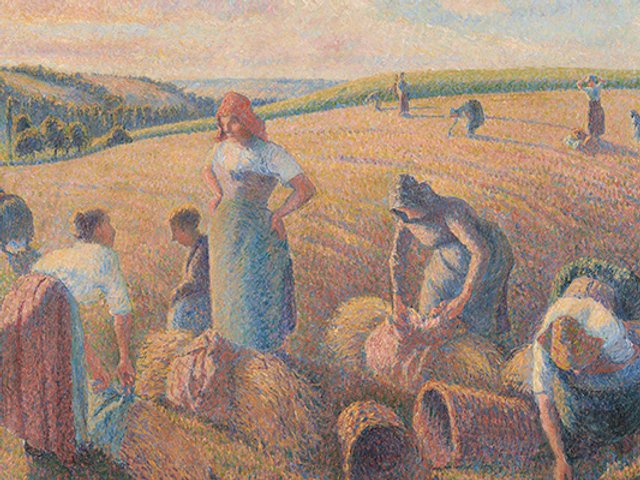“Hans Holbein the Younger” at the Kunstmuseum is a reminder that old masters were once cutting edge. Curator Christian Müller says that his research for this exhibition has emphasised Holbein’s skill in drawing viewers right into his pictures, epitomised by the perspective of his Dead Christ. Mr Müller recently discovered that the painting was originally placed high up in the Amerbach chapel of Basel’s Carthusian monastery, so that the stretched-out figure seemed to loom over the viewer.
Basel is the only place that could have mounted such an ambitious Holbein retrospective, as it owns by far the greatest part of the artist’s surviving oeuvre, much of it collected by the Amerbach family and donated to the museum in 1661, and there are also loans from museums in Europe and America. Altogether there are 40 paintings, 100 drawings, and a number of prints on view, representing nearly all of Holbein’s art made in Basel, where the artist worked from 1515 until 1532.
Key works include the Oberried Altar from the cathedral at Freiburg im Breisgau, which was recently conserved, the Solothurn Madonna and the Darmstadt Madonna, which recently went on long-term loan from the Hessen family to the Stadël in Frankfurt. The show runs until 2 July and is followed up by an exhibition at Tate Britain, “Holbein in England”, from 28 September to 7 January.
Originally appeared in The Art Newspaper Art Basel Daily as 'Hans Holbein part I: the Basel years'


